How to Protect Your IFS With Limit Straps
There are a lot of working parts in the independent front suspension of a four-wheel drive truck, most of which sing in harmony when you’re rolling at ride-height. Crank that mechanical melody down to full-droop, however, and the song becomes strained. Suspension parts at the limit of their travel (especially parts that are spinning) do not appreciate the stresses at the corners of their design envelope.
For example, half-shafts don’t spin smoothly when the CV joints are at full tilt, bushings want to shear off, boots want to tear, and shocks don’t like to top out. If you can stop those components from slamming against their limits, and reduce their potential for over or full extension, you can prolong their life, and inoculate yourself (to an extent) against a catastrophic on-trail failure. A simple set of limiting straps, when set up properly, can do that.
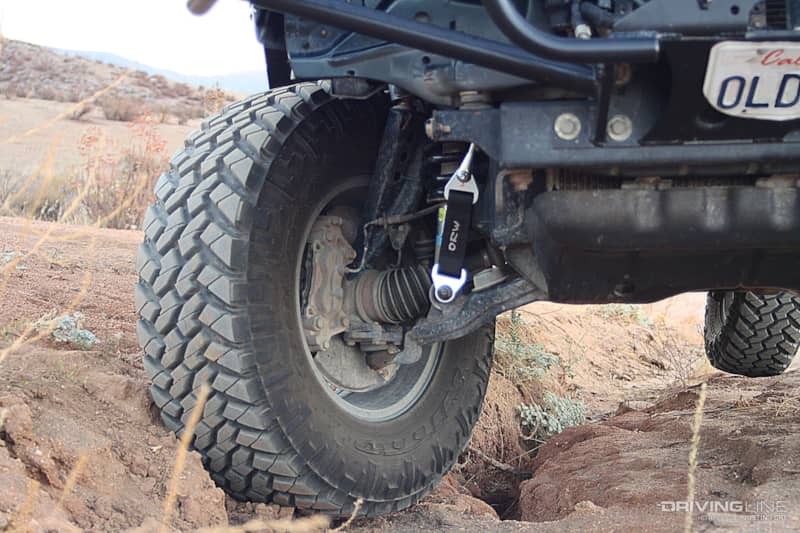
We followed Jeramie at Off Road Warehouse in El Cajon, California, (one of several stores in the privately held off-road only chain) through the process of installing a set of limit straps on an independently front suspensioned Toyota 4Runner and picked his brain about form, function and merit of limit-strap use.
Here’s what we learned:
Inexpensive and flexible, properly installed limiting straps protect you from IFS hang-ups.
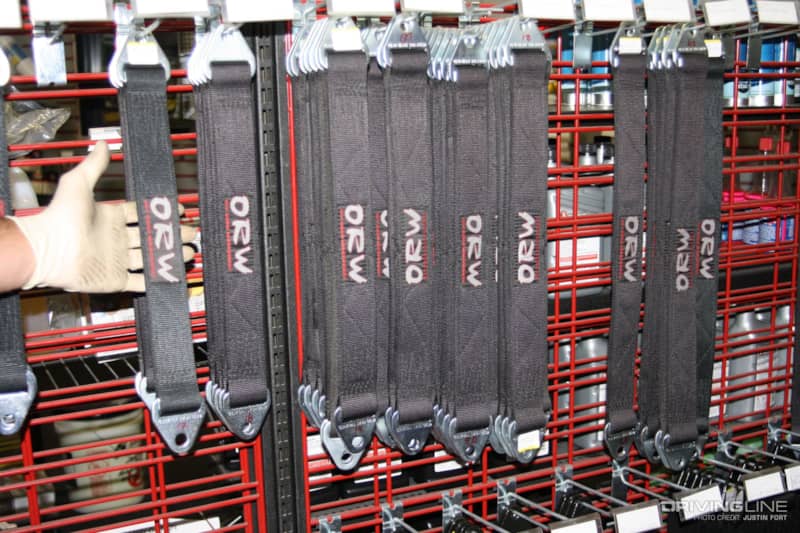
While you may lose a small amount of overall travel (less than an inch on our 4Runner), the fact that you’ll no longer risk overextending your suspension means you can ‘wheel with more confidence.
Strap construction is important.
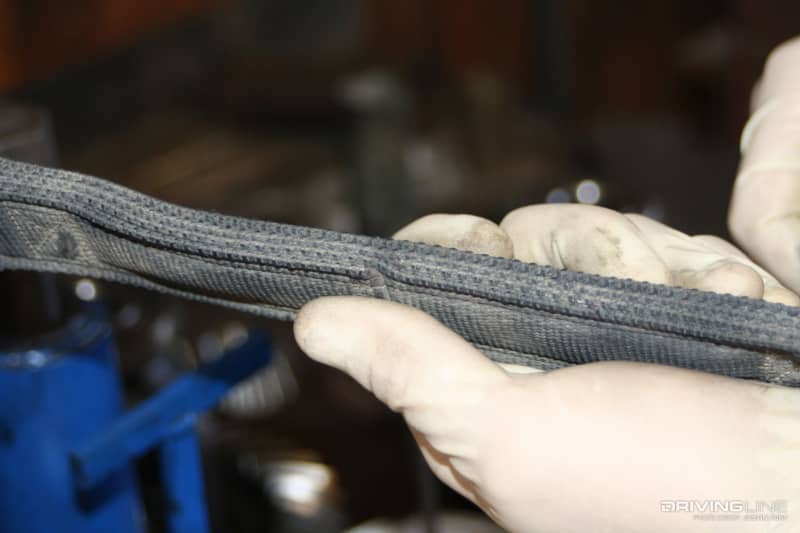
Better quality means longer life, better UV resistance, more predictable stretch and less overall stretch. ORW offers four-ply straps with sewed-in tabs, which is ideal for most applications.
Treat straps like a wear item.
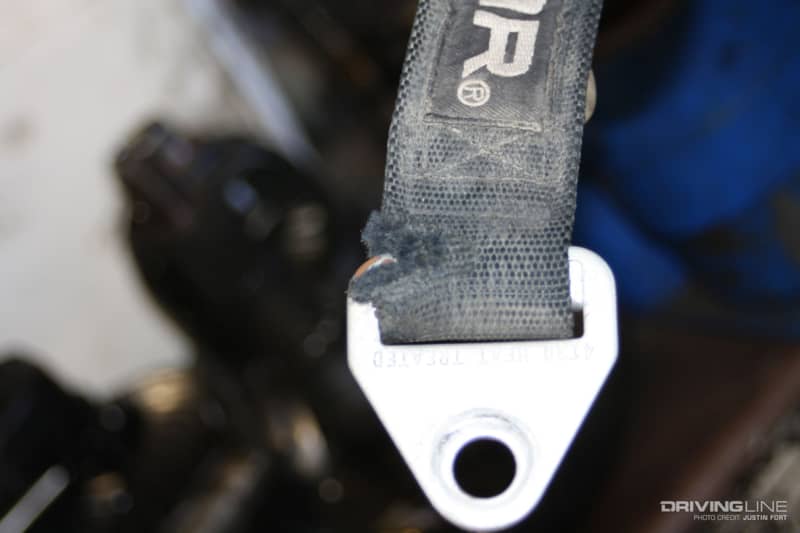
You check them often and realize they have a lifespan. You can clean them with car soap and water. Uneven wear, wear-through, fraying, abrasion, melting or tearing all mean it’s time to replace them. Automotive chemicals, impregnated dirt and UV exposure shorten life. Per ORW, every five years is a ballpark replacement rate.
Jeramie pointed out how the distorted lower eye bushing of the Bilstein 5100 indicated the shock was acting as the droop-stop (at least in part), instead of the anti-roll bar that we’d suspected.
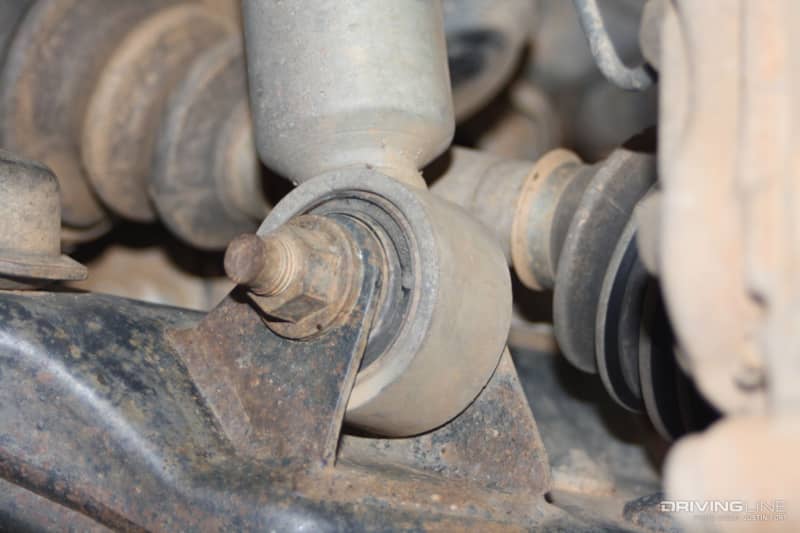
He added that straps won’t act counter to the anti-roll bar (one is not a substitute for the other), and that for vehicles on the street, it’s best to leave them on. Quick-disco bars are ideal in this case.
The application-flexibility of limiting straps means there are installation decisions to make.
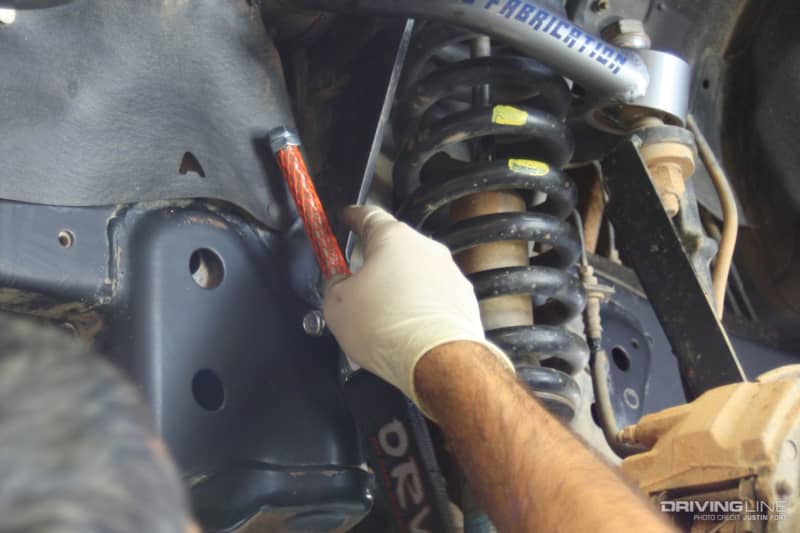
Jeramie was most concerned with alignment and that the strap not interfere with other parts when it flexed. Strap stretch must also be considered, and strap positioning must leave adjustability in the clevis to set and reset it. In the end, stretch is only an issue when you can’t adjust for it.
Though not outright detrimental, the strap tabs’ neighborhood should be checked to ensure they won’t rattle against other parts.
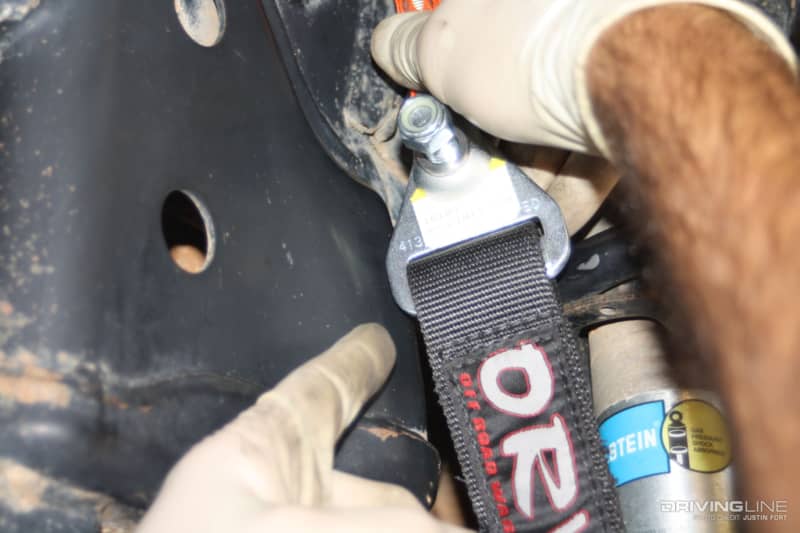
Jeramie added that up to 90-degree twist wasn’t a problem for installations, however.
We found that in using the eight-inch straps instead of 10, we hit the sweet spot on length, adjustability and their innate movement was to flex away from the suspension bulkhead.
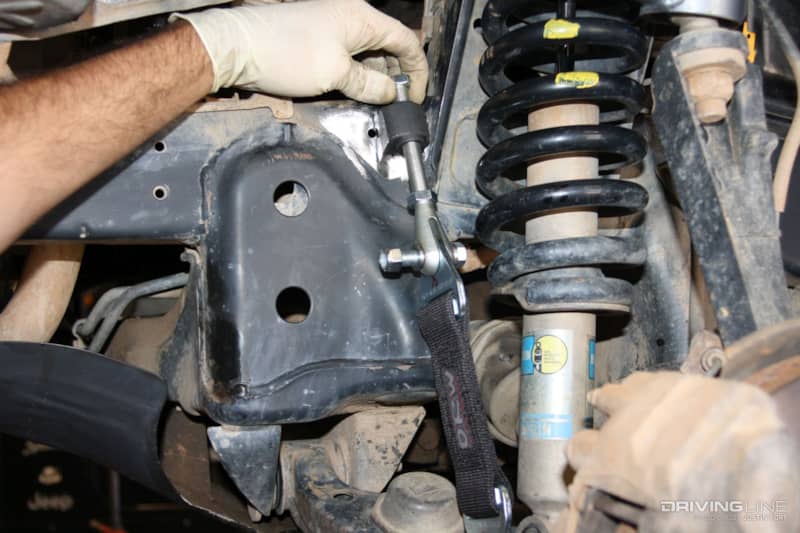
Note the forged EMPI clevis mount: this piece (with a little grinding) allowed Jeramie to one-shot the upper mounting point of the strap.
In other cases, weld-on tabs like these can be used to create a dual or triple-shear mounting point for the straps.
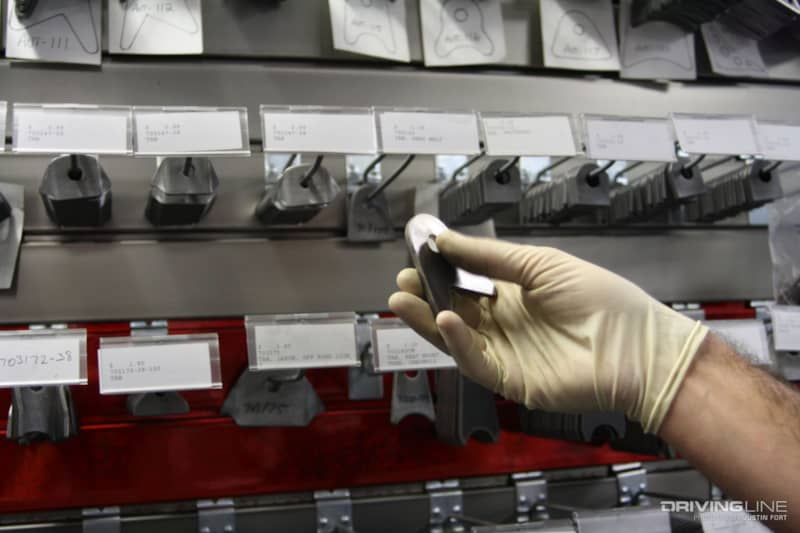
They can be attached to the frame or other hard points, and tab options are expansive.
With a tack-weld in place, exact alignment of your straps need to be tested.
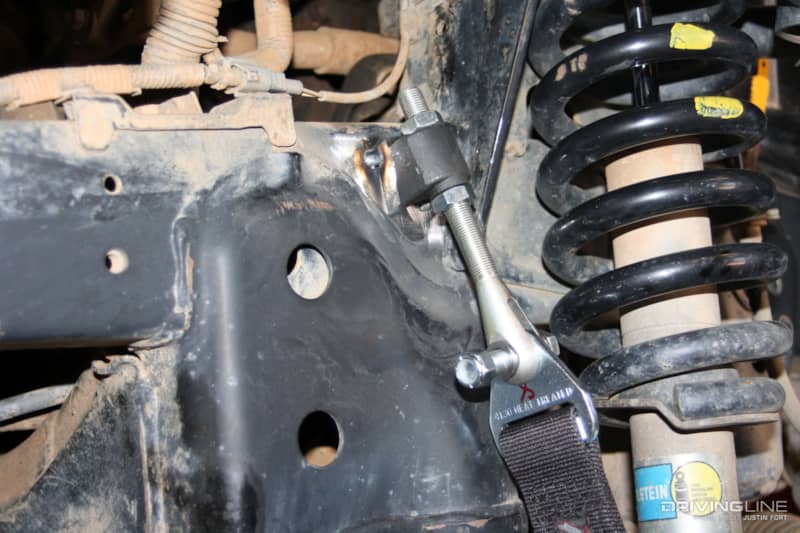
Jeramie cycled the suspension and ensured that adjustability was preserved. Because the straps hit full extension more softly than a metal-on-metal part, the mounting point didn’t need to be quite as robust as a spring or shock attachment. That said, you still can’t weld them to a fender.
You probably shouldn’t weld on your truck without a surge protector (unless you had been planning on frying your CPU).
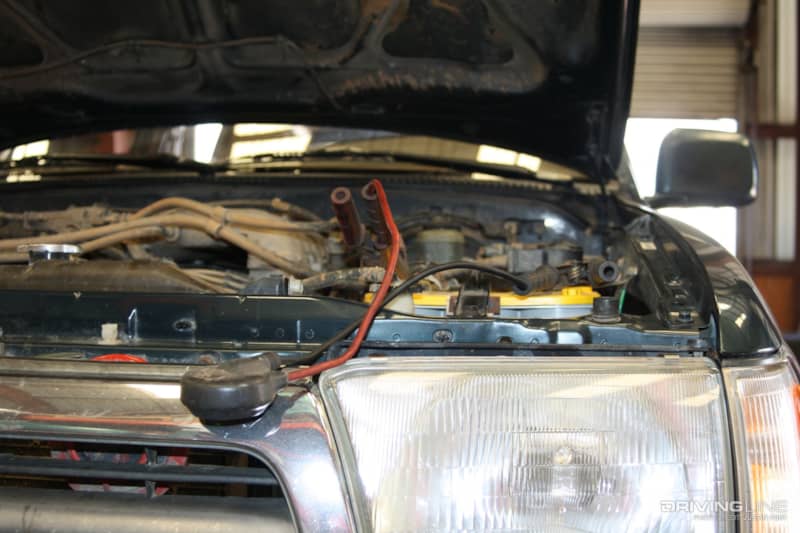
Some people call them an anti-zap.
Because this 4Runner rock wagon does double-duty as a some-days driver, mounting points were meant to be uncomplicated.
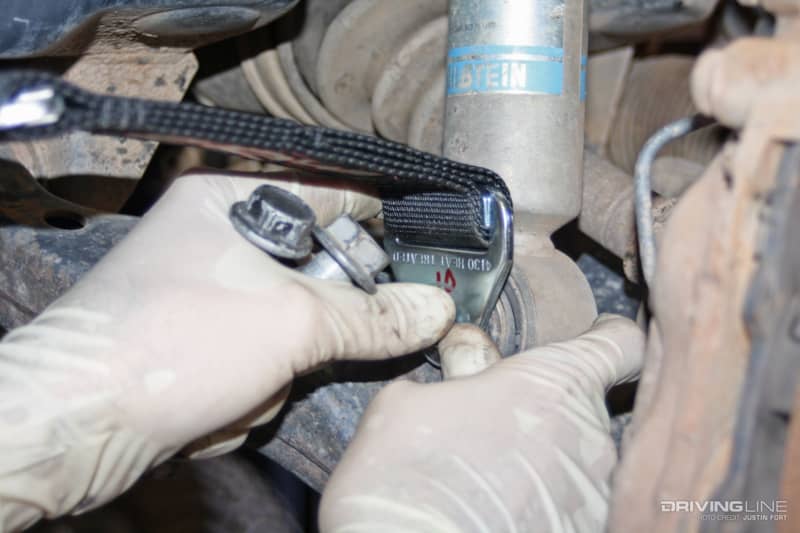
Lots of straps are installed at the lower shock mount, such as in this case. A suspension-engineering friend explained that it’s not the ideal spot because it multiplies the force on the strap at its limit, but we agreed that the simplicity of using the lower shock through-bolt makes it a great compromise.
You heard it here: for what may be the first time in history, Jeep parts have been used to fix a Toyota.
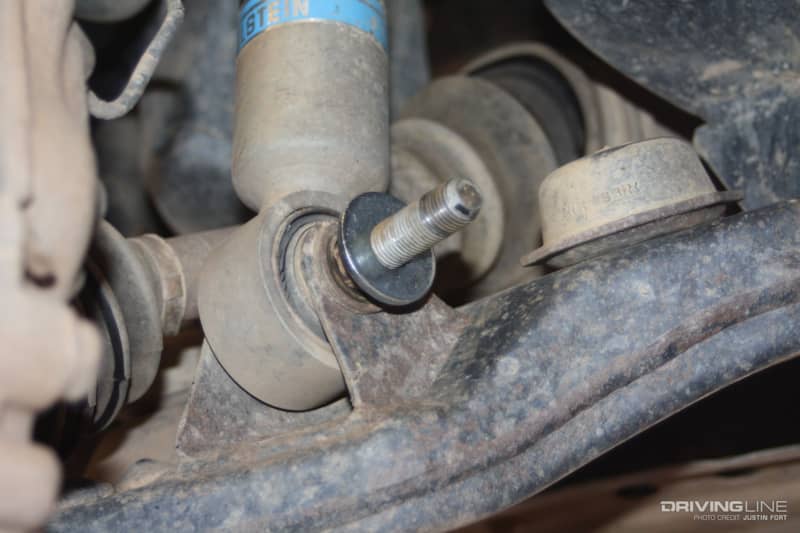
The OE lower shock bolts on the 4Runner were too short to accommodate the strap-end tab, so longer bolts (which we can only assume fell off a Jeep while crawling a parking lot in New York City) were used in their stead.
Measurements were taken to ensure even tension and droop on each side of the front suspension.
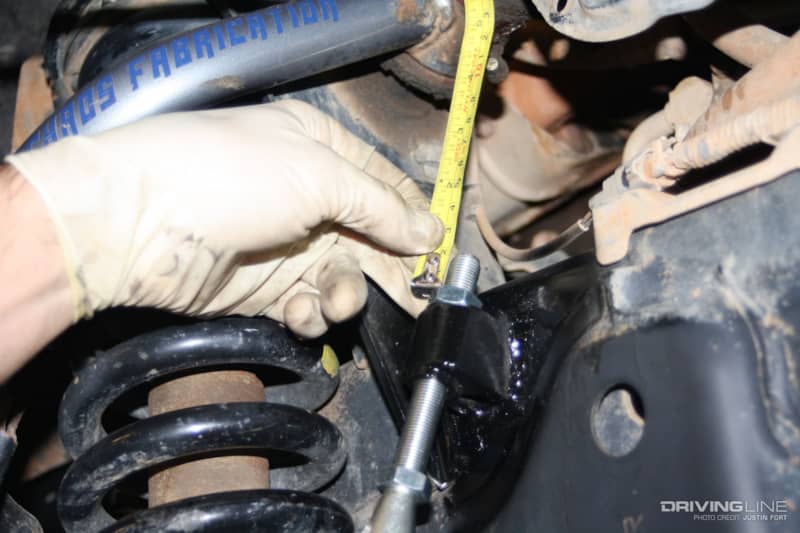
The adjustable clevis and clevis mount make setting and resetting this adjustment easy. It took Jeramie about two hours to install a set of straps on an IFS suspension with workable mounting points. If he’d needed bracketry, another hour or two of fabrication would have been necessary.
Jeramie cautioned that even high-quality straps like those at ORW might have slightly different lengths.
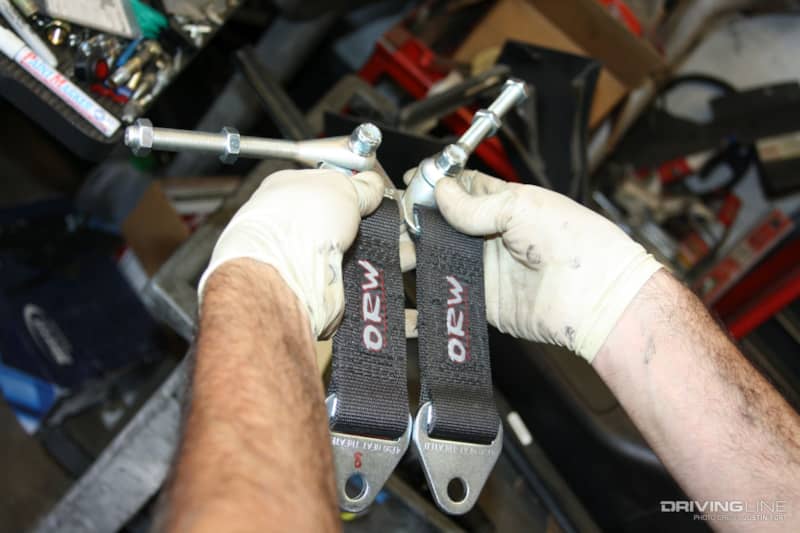
So don’t set the straps without also checking real droop and ride height as well, and keep them side-specific once they’re installed.
Set at ride-height, the straps don’t move much (also note that upper and lower nuts on the clevis haven’t been cinched, but it shifted only slightly).
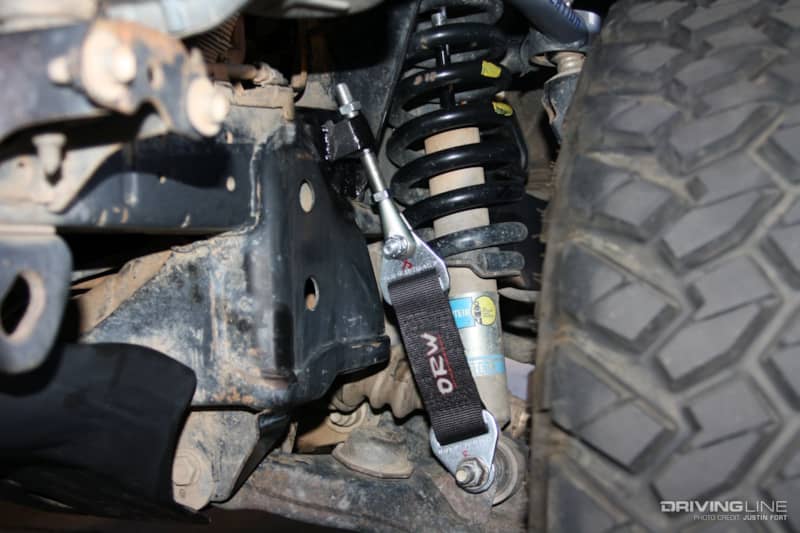
This close to the inner pivot point, you don’t have much slack to take out and adjustments are minimal. Much of the limiting is done in the “stretch zone” of the strap. With longer straps, initial settings aim to be half flex and half stretch and so that the stretching ends before the suspension component does.
Finishing touches on the clevis nuts mean snug, not the usual suspension parts death-tight.
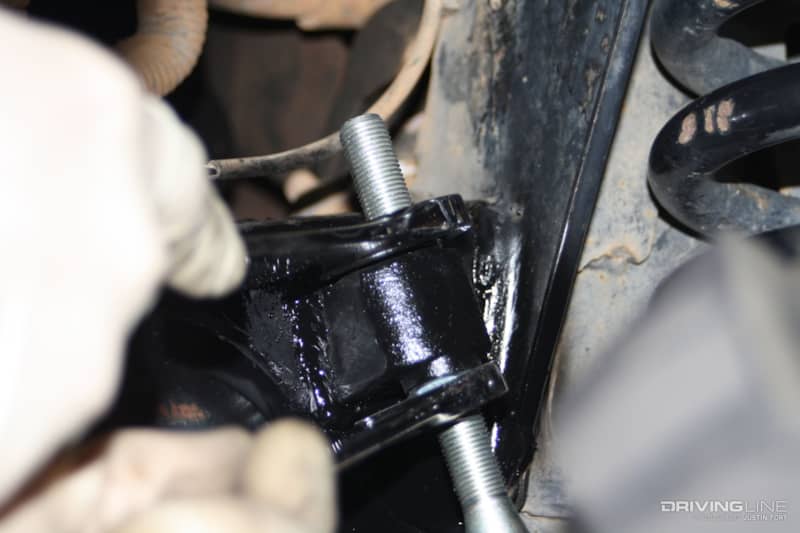
You’ll be checking them again – truck in the air, looking to take up about ½-inch of the droop at the limit – and snugging them up.
There’s a lot of art to setting straps, which is why we sought out ORW’s guidance. But with a little planning and research, you can easily upgrade your rig with a set of straps as well.







